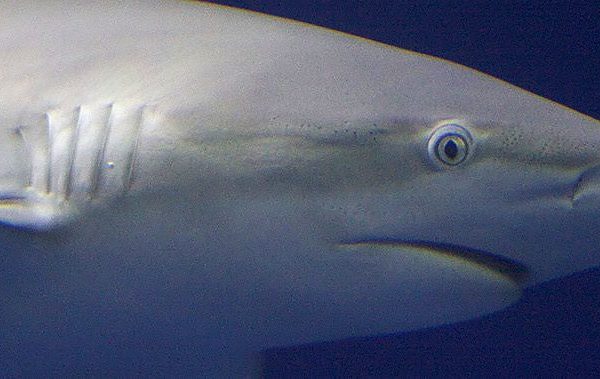German anatomist Karl Gegenbaur proposed that human limbs evolved from the same structures as the gill arch of cartilaginous fish in 1878. The theory was rejected due to lack of fossil evidence of the possibility of the theory. Dr. Andrew Gillis from the University of Cambridge’s Department of Zoology and the Marine Biological Laboratory has found genetic evidence that supports Gegenbaur’s theory.
The researchers compared the genetic mechanism of embryonic development that produces the development of gill arches in skates and the development of human limbs. The common factor was the activity of the Sonic hedgehog gene. The same gene controls the process of development that exists in the formation of human limbs and the development of gill arches in skates and related animals like sharks.
The researchers inhibited the function of the Sonic hedgehog gene at various stages of skate embryonic development. The flaps of tissue that cover and protect the gills of skates called brachial rays developed outside of the gill arches if the gene was inhibited early in development and fewer developed if the gene was inhibited later in the embryonic development. The findings verify the gene is the controller of gill and human limb development.
The discovery shows that Gegenbaur was correct after all. The most likely probability is that the gene developed eons ago and was first adopted as a part of cartilaginous fish embryonic maturation and then became a part of human limb development. The potential that the same gene with the same structure developed in two different species independently is remote. The original creature that evolved the Sonic hedgehog gene is unknown.















